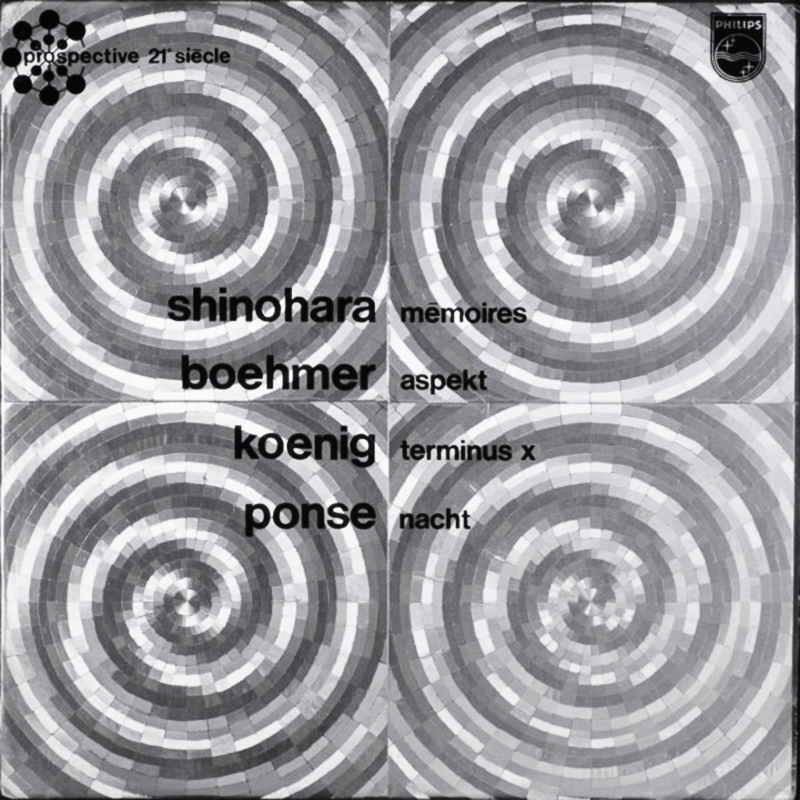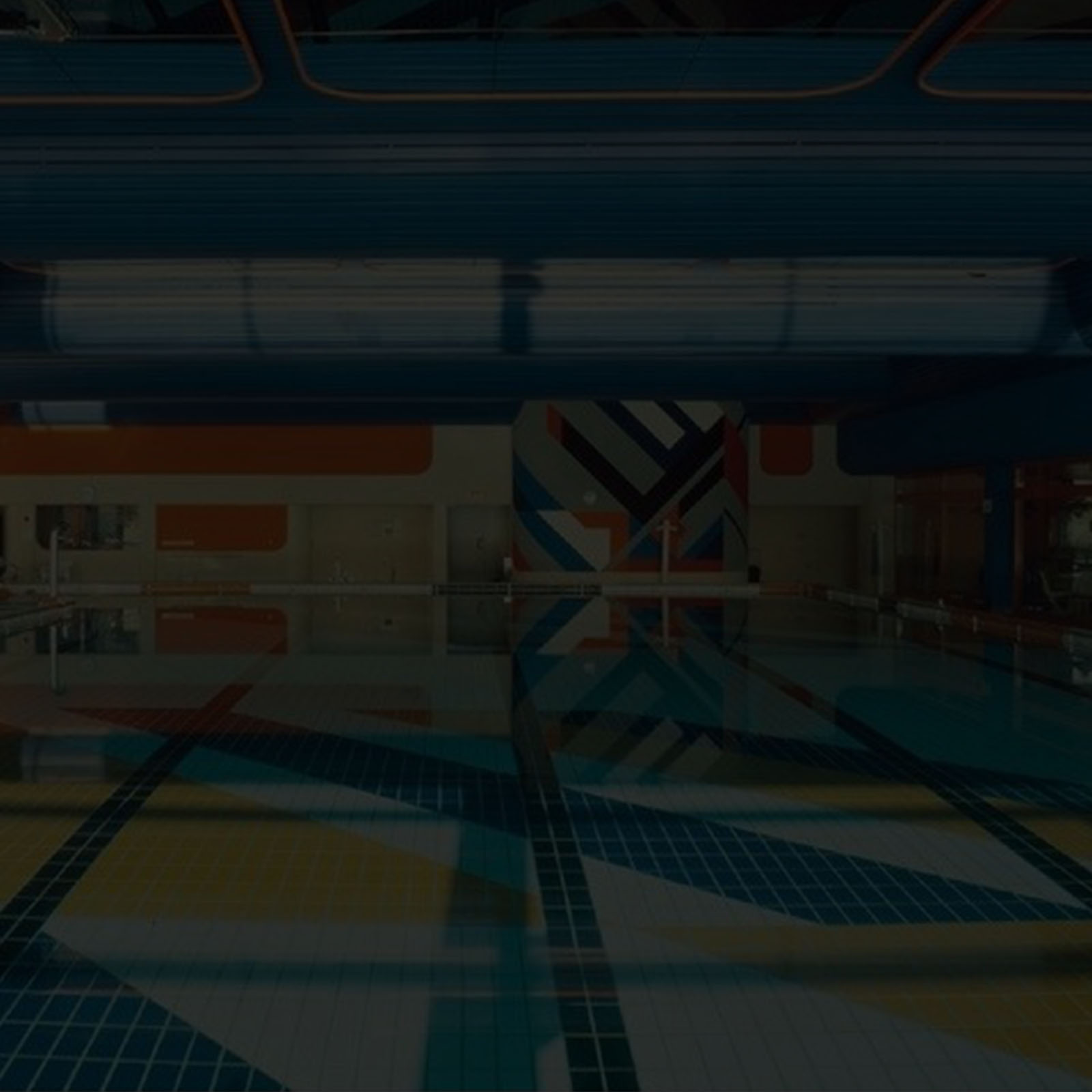Early ElectroMIX is a series to document the history of experimental Electronic music from the 50s to the 80s, composers making use of electronic instruments, test equipment, generators of synthetic signals and sounds… to analog synthesizers…While our sessions document those who make it today my desire is to transmit some pioneering works which paved the way to what we try to create today.
Realizing that most of those seminal recordings were not available I decided to archive them in a contemporary way, DJing-mixing them and while most of the time running several sources together or in medleys I made sure to respect the original intent of each composers as I want to transmit their message rather than mine.
The only one I would dare deliver being that they should not be forgotten…
Philippe Petit / April 2021.
Recorded (on March 24/2021) for our series broadcasted on Modular-Station
https://modular-station.com
Tracklist:
Suzanne Ciani – Help, Help, The Globolinks! (1980) 00:00 > 09:05
Raskovich – Scienza E Tecnologia – N.1 (1972) 08:49 > 10:47
H. Tical – Modulations (Medley) (1972) 10:11 > 15:58
Herbert Eimert, Robert Beyer – Klang im unbegrenzten Raum (1952) 14:40 > 25:00
Paul Gredinger – Formaten I-II (1954) 23:21 > 27:48
Hugh Davies – Quintet (1968) 27:09 > 39:12
Gordon Mumma – The Dresden Interleaf 13 February 1945 (1965) 39:12 > 50:25
Konrad Boehmer – Aspekt (1966) 47:15 > 01:00:32
Suzanne Ciani – Help, Help, The Globolinks! (1980 / Finders Keepers)
As an undergraduate at Wellseley College, Suzanne Ciani began dividing her time between performance and composition. She also began her fascination with technology when one of her classes took a field trip to nearby M.I.T., where a professor demonstrated his early attempts to make a computer produce the sound of a violin. Upon graduation, she went to the University of California at Berkeley to continue her studies in composition. She received her Masters Degree in composition there, but more importantly, at nearby Stanford University and Mills College, she met three of the founders of electronic music: John Chowning, Max Matthews and Don Buchla. Suzanne became entranced with the ability to produce music with a machine, and she became a devotee of the Buchla synthesizer.
Unlike many successful electronic composers, Suzanne managed to evade the obvious typecasting of her music through the medium of shlock sci-fi cinema; within the realms of opera and education Suzanne found her perfect channel — scratching her other cosmic cinematic itches with android music in The Stepford Wives and as “the first female composer to score a major Hollywood movie” with The Incredible Shrinking Woman (1981). This electronic soundtrack for an operatic, ecological, scholastic, science fiction theater production for children of all ages had originated in 1968 and gaining worldwide acclaim throughout the 1970s, Gian Carlo Menotti would update and revise his play for the turn of the ’80s which called for a new approach to the music and sound effects — all of which would make their world premiere in New York high school theaters in April of 1980. Suzanne Ciani would give Menotti’s well-traveled aliens a brand new voice and with reinvention she communicated with a young audience keen to hear the genuine sounds of the future while retaining melodicism and personality.
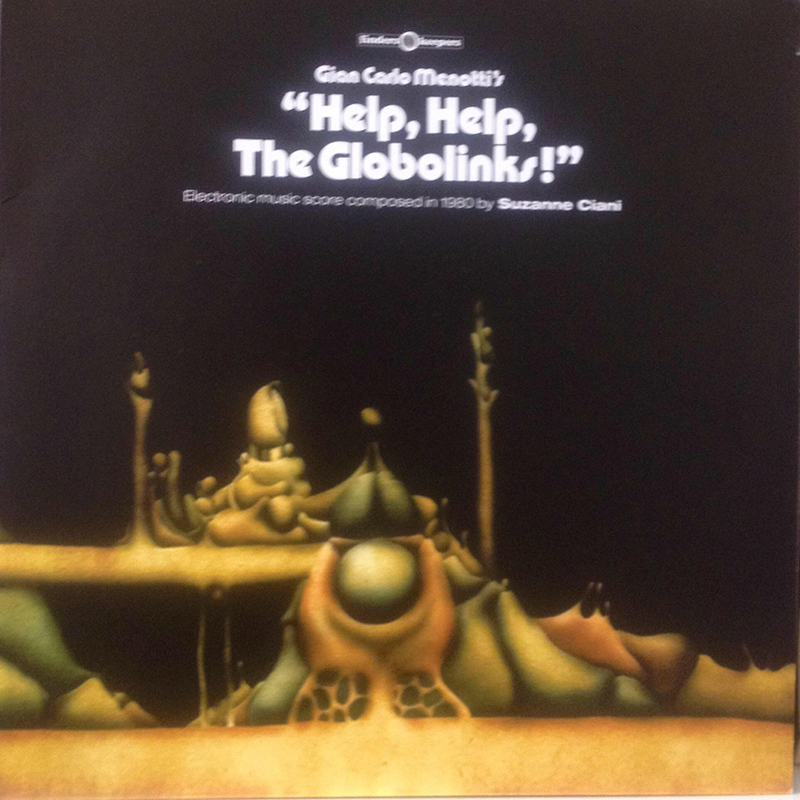
Raskovich – Scienza E Tecnologia – N.1 (1972 / Flirt)
Giuliano Sorgini, aka Raskovich was collaborating with Fabio Frizzi ; with Alessandro Alessandroni’s Braen, Giulia Alessandroni’s Kema, and their mysterious supergroup The Pawnshop, all amounting to a catalogue which assures his place in the pantheon of library music greats. « Science & Technology » reveals an innovator working in a sort of cybernetic symbiosis with his studio-as-instrument. Keening between sounds as much suited to a blood-lusting horror as a psychedelic, drug-fuelled thriller or some esoteric sci-fi, he penetrates and opens up vividly magnetising realms of abstraction, closer to the kind of minimalist negative space and fractured dynamic favoured by Belgium’s IPEM, or even pre-echoing the atonality of Maurizio Bianchi…
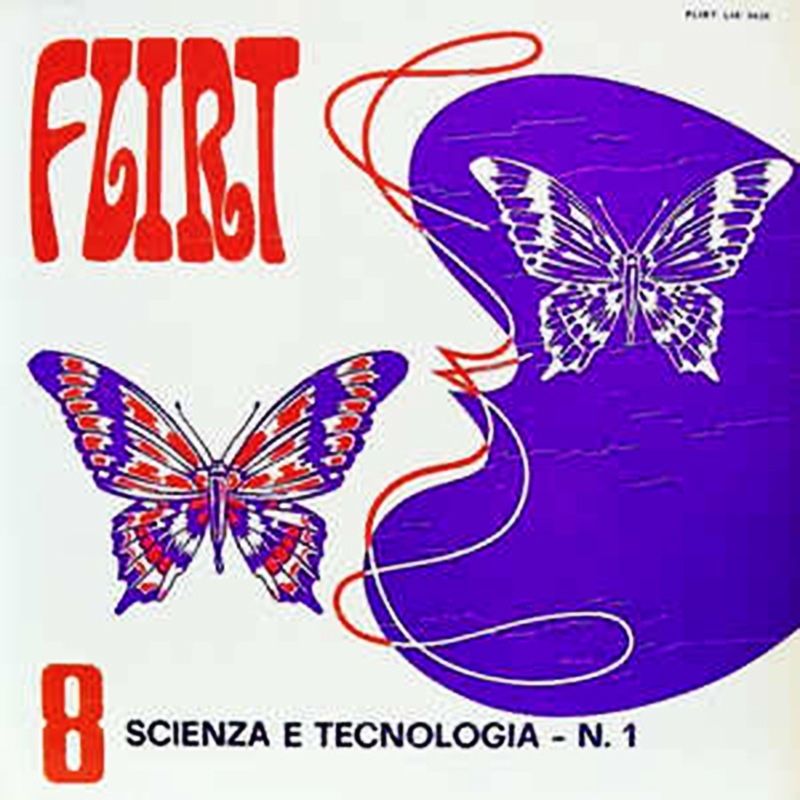
H. Tical – Modulations (Medley) (1972 / Intervallo)
“Impact – Synthesized Sound And Music” was originally released via Armando Sciascia’s Vedette label in 1971, under the alias H. Tical: A really peculiar Library music album, filled with incredibly contemporary sounds and atmospheres played with his EMS VCS3 synthsizer and consisting of lonely sweeps of ring-modulated grankle, drippy spring-reverbed rhythm patterns, and hostile, filtered white-noise. Totally Alien – even if Sciascia had already shown his interest in experimenting – this album is a favorite so I have mixed several tracks in a « Medley » way.
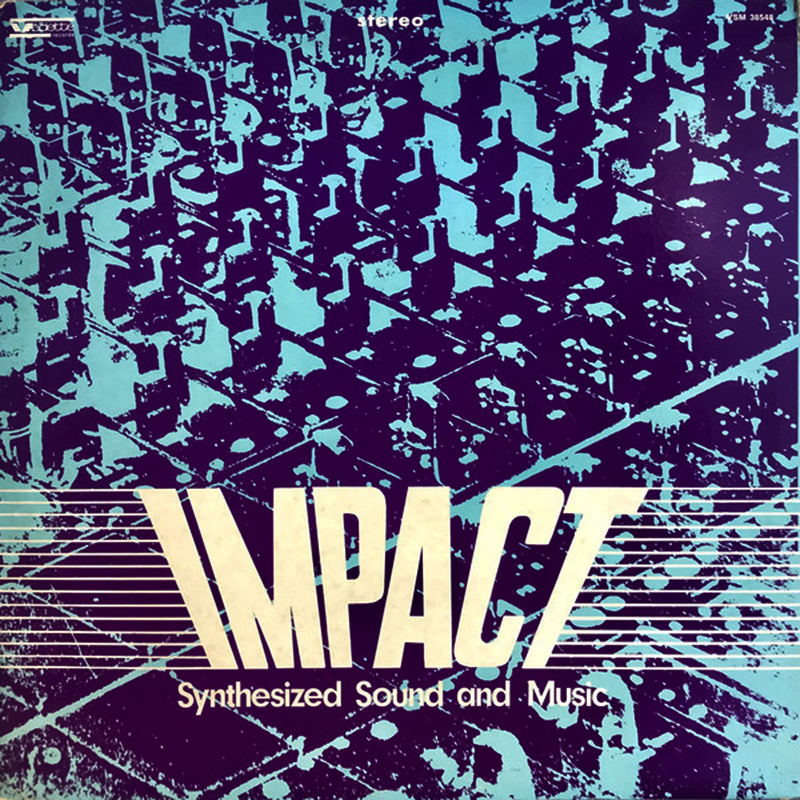
Herbert Eimert, Robert Beyer – Klang im unbegrenzten Raum (1952 / BV Haast)
Herbert Eimert was a composer and a musicologist who studied at the Music Conservatory of Cologne and at Cologne University. He worked as a journalist and joined the station as a music editor and programmer. Together with sound engineer colleague Robert Beyer, he succeeded in founding the famous Electronic studio in 1951 (The Studio for Electronic Music of the West German Radio, a facility of the Westdeutscher Rundfunk – WDR in Cologne).
From 1953, Eimert invited Karlheinz Stockhausen & Gottfried Michael Koenig to work in the studio he directed until 1962.
Paul Gredinger – Formaten I-II (1954 / Chrome Dreams)
Swiss Architect and Cubist Artist who from 1953 to 1957 was involved with The Electronic Music Studio with Stockhausen and Eimert.
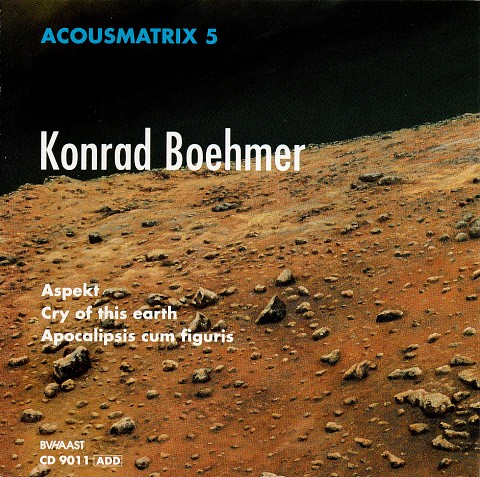
Hugh Davies – Quintet (1968 / Sub Rosa)
English composer, improviser, instrument builder, archivist and teacher who, in the late 60’s, was Karlheinz Stockhausen’s personal assistant. He left to work for the GRM in France, helping them update their listing of electronic music compositions and studios, and greatly expanding upon their original work.
When he returned to England, he helped found the ensembles Gentle Fire and The Music Improvisation Company. He held a position at Goldsmiths College and composed electronic music in their studios. He also collaborated with Daphne Oram, whose archives he was to care for after her passing. Throughout his career, Davies was interested in building new instruments from common items, such as an eggslicer. His most famous instrument was the Shozyg, an assemblage of electronic circuits in the cover of an encyclopedia. Mostly he was interested in making simple instruments to share with children and non-musicians showing an attitude far from the elitism too often encountered within intellectual circles.
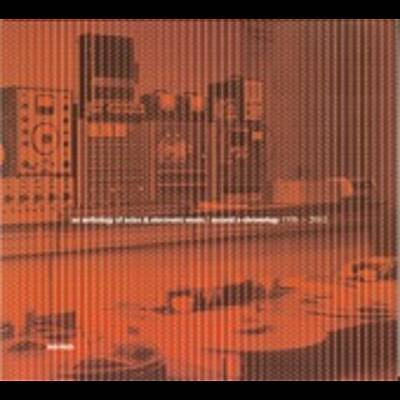
Gordon Mumma – The Dresden Interleaf 13 February 1945 (1965 / Lovely Music, Ltd.)
Gordon Mumma is an American composer who attented the School of Music (1952–53) and Institute of Science and Technology (1959–62) of the University of Michigan and studied composition, piano and the horn privately. Mumma’s performances on piano were often in the context of piano ensembles, partnered with John Cage, David Tudor, and other performers. He toured internationally in the 1960s in a two-piano performance collaboration with Robert Ashley.
Mumma co-founded and worked with the Cooperative Studio for Electronic Music in Ann Arbor (1958–66) and the ONCE Group (1960–68). Mumma also collaborated with Milton Cohen’s Space Theater in Ann Arbor (1957–64) and in New York with the Merce Cunningham Dance Company (1966–74) and the Sonic Arts Union (from 1966). His reputation was founded on his contributions to electro-acoustic music, particularly his custom-built circuits for sound creation and manipulation. Mumma’s cybersonic circuitry modifies and interrelates live instrumental, ambient and electronically-produced sounds and their various transformations.
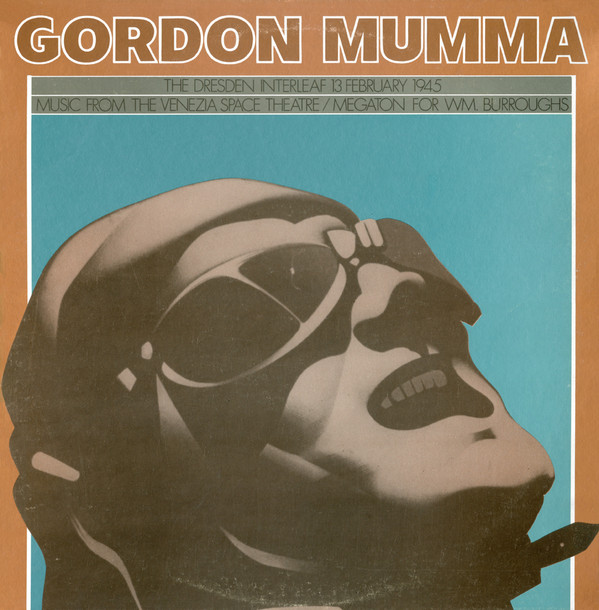
Konrad Boehmer – Aspekt (1966 / Prospective 21e Siècle)
Konrad Boehmer was born in Berlin and studied composition with Gottfried Michael Koenig (1959-61) and philosophy, sociology and musicology at the University of Cologne, writing his doctoral thesis on the theory of open form in new music. From 1961-1963 he worked at the electronic music studios of West German Broadcasting Company (WDR) in Köln. In 1966 he moved to the Netherlands and worked until 1968 at the Institute of Sonology at Utrecht University. He then became music editor of the Dutch weekly newspaper Vrij Nederland and in 1972 professor of music at the Royal Conservatory in The Hague, where he became director of the Institute of Sonology. He died in 2014 in Amsterdam.
